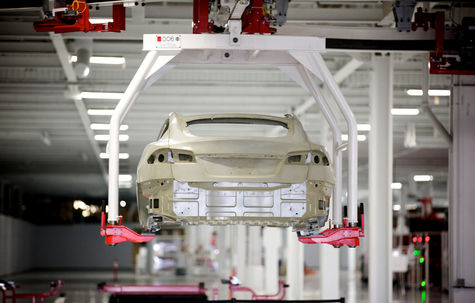
Elon Musk vrea să schimbe complet modul în care sunt asamblate mașinile: "Putem să le producem de două ori mai repede"
După ce a dat tonul mișcării electrice la nivel mondial, Elon Musk vrea să eficientizeze fabricile care produc modelele mărcii Tesla: "Putem face îmbunătățiri dramatice la nivelul mașinilor care produc mașinile".
Marea întrebare legată de viitorul Tesla Model 3, modelul electric care a pus lumea auto pe jar prin cele aproape 400.000 de precomenzi pentru care clienții au depus deja câte 1000 de dolari avans rambursabil, este dacă Tesla Motors va putea să-și țină promisiunea legată de startul producției la finalul lui 2017.
Iar cum volumul de producție preconizat pentru Model 3 este unul imens - 400.000 de mașini sunt enorm pentru un constructor care până acum producea 50.000 de mașini pe an, Elon Musk a ținut să explice în întâlnirea pe care a avut-o în această săptămână cu acționarii companiei pe care o conduce cum va reușit Tesla să rezolve producția acestor mașini. Și, așa cum ne așteptam de la Musk, ideile sale sunt complet în afara tiparelor existente până acum în industria auto.
"Vrem să îmbunătățim eficiența procesului de producție cu 10 până la 100%", a declarat Musk, care consideră că singura soluție pentru a face asta este eficientizarea roboților care lucrează în uzinele auto. Sau, în cuvintele lui, "regândirea completă a modului în care sunt produse mașinile care produc mașinile".
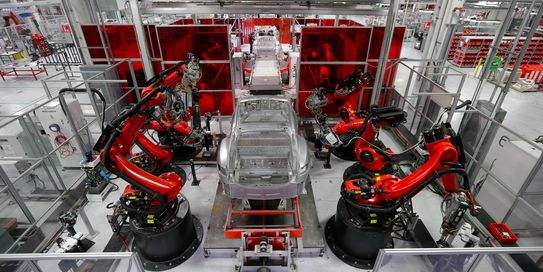
"Fabricile care produc astăzi mașini, implicit ale noastre, sunt demodate și ineficiente. Putem face îmbunătățiri dramatice la nivelul mașinilor care produc mașinile. Multă lume nu ne va crede, dar sunt absolut convins că acest lucru poate fi realizat", a declarat omul care conduce destinele Tesla Motors.
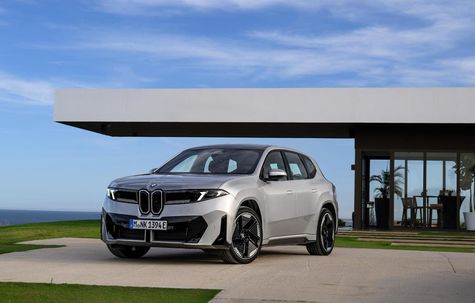
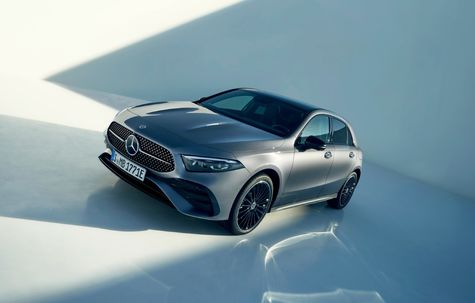
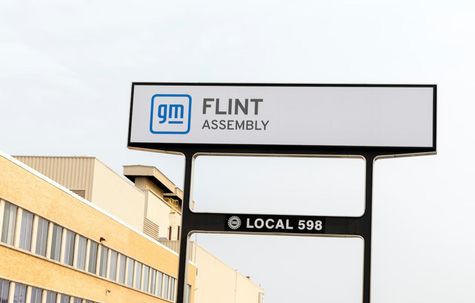
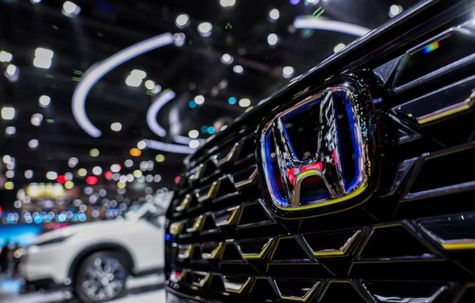
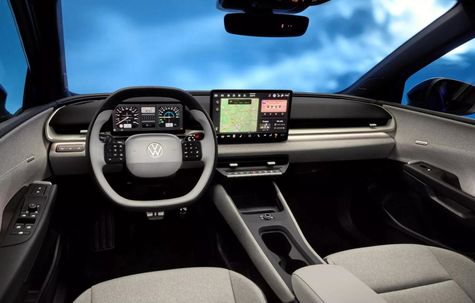
"Beyond the hype there are a number of warning signs that indicate this intense excitement may ultimately lead to disappointment and even Tesla’s ruin. Tesla plans on launching the Model 3 in the last quarter of 2017, and given the firm’s consistent inability to meet its previous self-imposed deadlines, it seems more than likely that the people lined up today won’t actually take delivery of their Model 3 until well into 2018. It’s highly unusual for an automaker to preview a production vehicle so far from its actual launch date for a variety of reasons: as Musk admits, the car is likely to change during the next two years of development work. With Tesla’s cash reserves falling below $1 billion and dwindling fast, the company might not survive long enough to launch the car people are currently lined up for. So why is Tesla running a risk that every other automaker so studiously avoids? Two plausible explanations come to mind. 1.Tesla is racing to beat competing electric vehicles to the market. Bolt and Nissan’s forthcoming next-generation Leaf EV as well. After all, a huge amount of its astounding brand power comes from the NOT ENTIRELY JUSTIFIED perception that Tesla alone is pushing electric cars into the mass market. 2.The company needs more cash to actually complete development of the Model 3 and bring it to market. (...) Given its deep operating losses (it burned nearly $1 billion in cash in 2015 alone), that burn rate is too high to survive until 2018 while completing development work on the Model 3 and ramping up the sales, service, and Supercharger infrastructure needed to handle the expected new influx of customers. Even the $115 million in deposits collected won’t make a dent in Tesla’s capital requirements. More importantly, Tesla is pursuing its existing strategy of prioritizing the production of fully loaded Model 3s, meaning the initial production run of the “affordable” Tesla will on average sell for well above the base price. In other words, those credits that are left by the time the Model 3 makes it into production will go to either existing Tesla owners (by definition, wealthy people) or new buyers who have enough to spend on a fully specced Model 3 that could approach $80,000 price tag. The new, downmarket buyers who have waited patiently for Tesla to deliver its long-promised affordable electric car are likely to be stuck paying full price for a bare-bones version of the Model 3, with little to no help from the federal subsidy. But because their need is the greatest, these desperate fans have the strongest motivation to line up at Tesla stores and put down $1,000 for a car they have never seen and may never be able to afford. This cynically exploitative strategy may come as a surprise to anyone who has bought into Tesla's remarkably durable media halo, but behind the “save the world” headlines and unabashed Elon Musk worship there have long been signs that Tesla is not living up to its “save the world” image. Sursa: thedailybeast.com